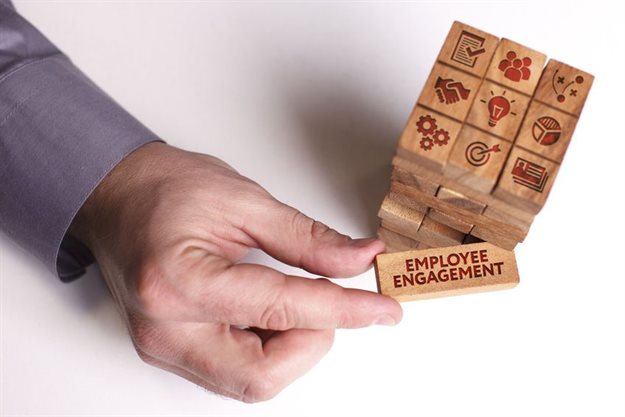Trending



 Sabre EMEA 2024 Awards: Razor PR, Retroviral top SA agenciesDanette Breitenbach
Sabre EMEA 2024 Awards: Razor PR, Retroviral top SA agenciesDanette Breitenbach

Elections 2024
Human-centred design is key to engaged, productive employees

In creating engaging social and collaborative cultures, we can connect the right people with the brand in order to get work done. The time is now for organisations to not only invest in the customer experience – but to invest the time needed to create the right employee experiences to position their brand as an employer brand.
Within the employee experience ecosystem, we look at three distinct environments; the physical, cultural and technological. Only when we address and solve all of these different environments holistically, can we then produce or design the best possible employee experience, and then facilitate the change management and feedback loops within the new design.
An employer brand is nothing without the experience behind it – even the world’s top talent executives continue to place emphasis on the importance of the employee experience – not only internally, but externally as well. The employee experience has the power to influence many outfacing processes including customer service – one of the most important aspects of an organisation. "Happy staff, happy customer" isn’t just a saying anymore – it’s a methodology in and of itself.
Human-centred design to enhance the employee experience
When exploring the different ecosystem environments (physical, cultural and technological) we can begin to see a clear framework coming together within the organisation. This frameworks allows us to evaluate what is working, what isn’t working and what can be improved on. You’re able to take an objective look at the current experience attributes and define the new goals through human-centred design or HCD.
HCD has provided a successful toolkit of methodologies and best practice models in which the organisation can power through several research sprints in order to surface real employee challenges and then to apply the principles of HCD to solve for these challenges.
The result? A clear roadmap, programme of work as well as solutions outcomes to achieve the best possible employee experience – and how to deliver on this experience.
The power of HCD is exactly that – it’s centred around the human element – it’s empathetic to their environments, their circumstances and their ambitions. It’s a system designed to consider every aspect of the employee’s day-to-day life, their behaviours, habits and motives, all blended within the organisation’s goals and vision as well as industry standards.
Through this system; organisations will be able to conceptualise solutions, and test and iterate them over rapid periods of time – this will help them bring the right solutions to practice in far quicker delivery and quality than most other methodologies because of the strong focus on agile and scrum methods applied to processes.
Is it as simple as that?
No, of course not – if it was that simple, every company would be an employer-brand – when an organisation commits to building on and improving their employee experience, they’re committing to an ongoing project – the employee experience isn’t going to be a once-off static solution that is future-fit nor will any one solution suit every employee - it’s a process that will need ongoing nurture, consistent attention and feedback iterations – and will need to always be front of mind alongside the customer or end-user experience within the larger ecosystem that is the organisational experience strategy.
Taking the steps towards HCD and an improved employee experience
Start somewhere – seek the help of qualified and skilled industry professionals to better allocate your budgets and your resources. Spend the time needed to understand your employees – follow the process created to succeed in the efforts of HCD. Discover what the employee experience means for your brand and how this will influence other business units within your organisation.
Don’t cut corners – while best practice is best practice - often we need to go back to the grassroots to solve even the most simple of challenges. Best practice doesn’t always mean best solution. By engaging with an agency or consultancy experienced in HCD as well as best practice methods and models – you’ll be able to harness their experience and expertise working alongside your own people in applying the right solutions to the right challenges.
The time is now to put your employees on your brand roadmap – they play a pivotal role in how your brand is perceived, favoured and remembered – not just by your customers and users but by the future talent you need to attract and retain.








